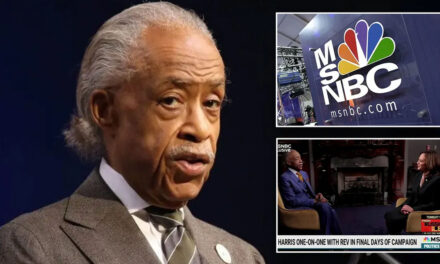
LA Teachers on Strike Amid Impasse with City Officials

Members of United Teachers Los Angeles (UTLA) called a strike on Monday after failing to negotiate a deal with the LA Unified School District.
Thousands of teachers participated in the strike, which is the first of its kind in three decades.
Teachers are demanding higher pay, additional staff, smaller class sizes, and accountability for charter schools.
In the past decade, the number of charter schools in California has increased from 809 to 1,323. These schools, which are not bound by the same rules public schools must follow, tend to leech students and resources from traditional schools.
The district, which serves more than half a million students, offered last week to allocate an additional $130 million towards the union’s objectives. Teachers said it wasn’t enough.
“So here we are on a rainy day in the richest country in the world, in the richest state in the world, in a state as blue as it can be, in a city rife with millionaires, where teachers have to go on strike to get the basics for our students,” said UTLA president Alex Caputo-Pearl.
—
Despite the absence of its teachers, the school district managed to keep its 1,000+ schools open with the help of substitute teachers and 12,000 volunteers.
“If it’s a mess, I will not bring my children in,” said local parent Richard Park, who is out of a job thanks to the government shutdown. “Personally, it feels like a double whammy.”
To mitigate the effects of the strike on parents, the city has extended hours at recreation centers, boosted staffing at libraries, and is offering free admission at the Natural History Museum.
In South Los Angeles, volunteer groups arranged lunch for poor families and have offered free tutoring for high school kids working on college applications.
The strike continued through Tuesday and shows no sign of stopping.
The strike is unsurprising considering the conditions for teachers living in Los Angeles.
Wages are stagnant, the cost-of-living is out of control, infrastructure is crumbling, taxes are high, energy is expensive, traffic is a nightmare, and affordable housing is scarce.
Schools lack adequate staffing and the average class size has swelled to 42. Some schools don’t have a full-time counselor, nurse, or librarian.
To make matters worse, the high number of absences caused by the strike could make it even harder for schools to obtain funding – because funding is linked to attendance. According to Superintended Austin Beutner, the strike has already cost the district over $25 million in funding. Teachers themselves lost $10 million.


























If ya'll say so, E.D., then it must be so. MSNBC vs PBP challenge and compare. Scandals, they pop up…
Whoops, I meant Robert.
I was referring to Roger being mentally unhinged. He's the one that was ranting. Hell, I support Trump. I don't…
Your daughter
I noted in another post that if I were king of the forest....... I would pardon all the non-violent 1/6…